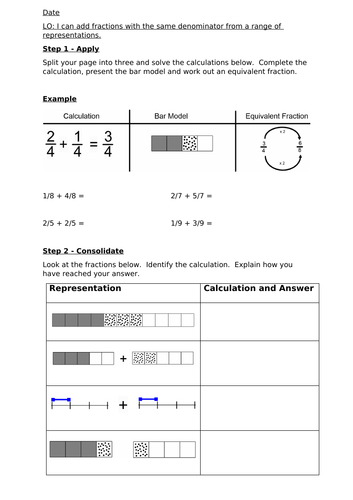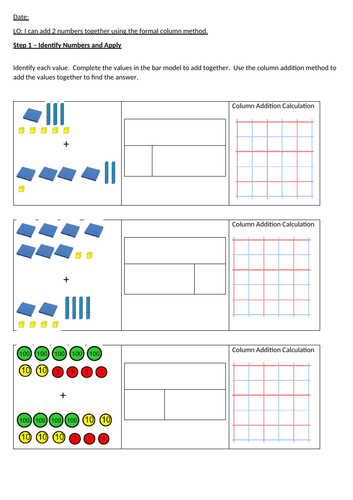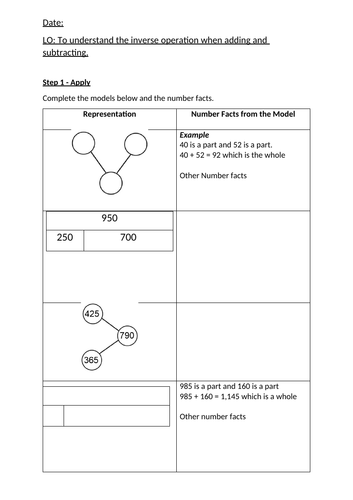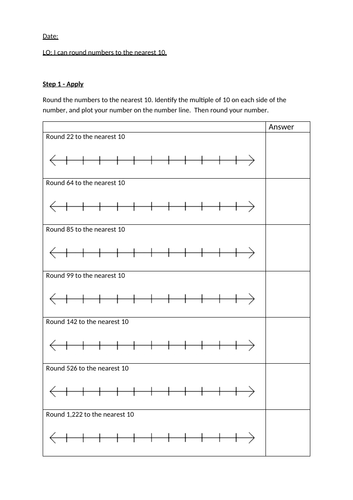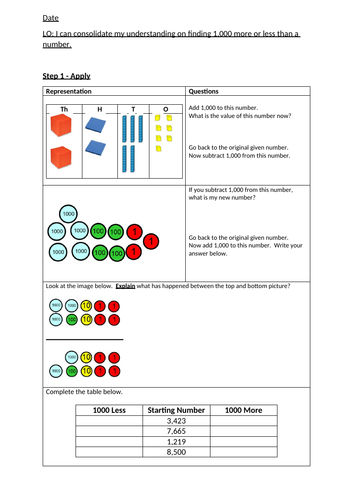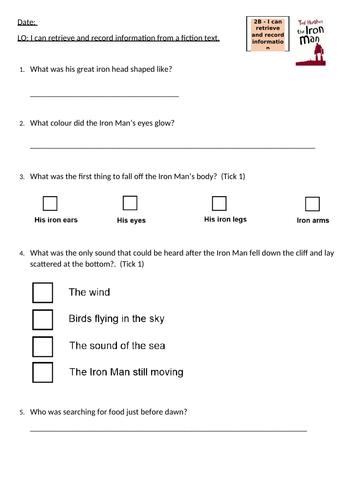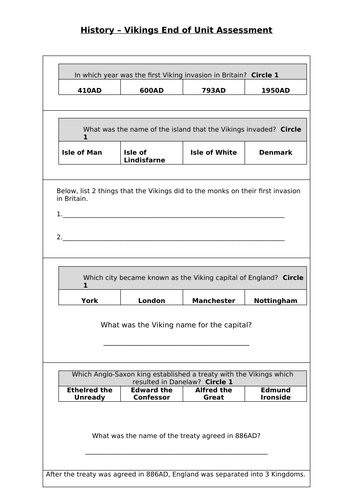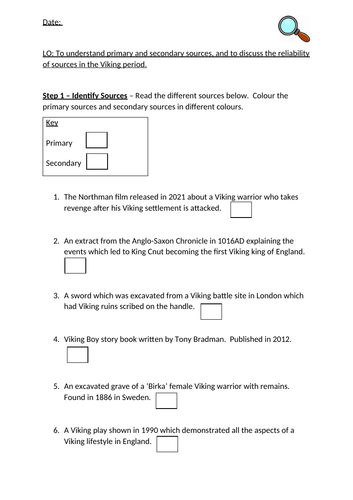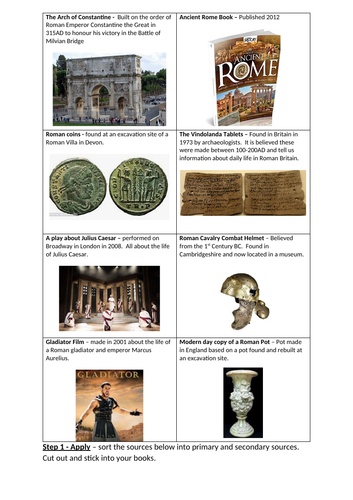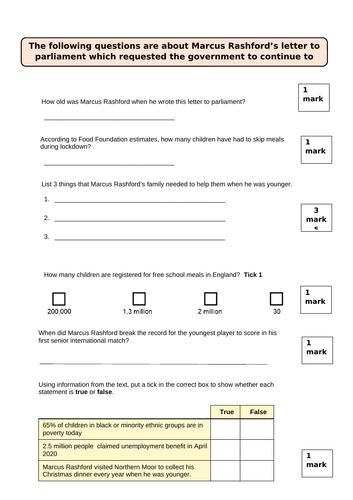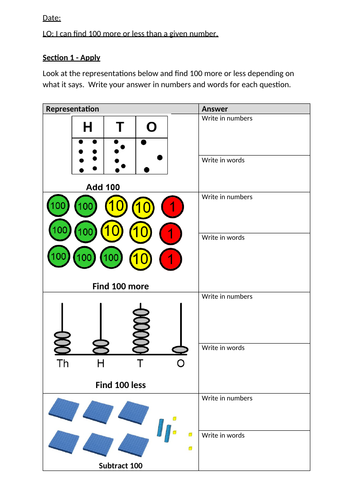Mr C's Keep It Simple Resources
One of the hardest elements of teaching can be finding good quality resources that don't overcomplicate what you are teaching. I am all about breaking down resources into small steps so children understand whilst also appreciating teachers don't need too much or overcomplicated material to deliver their lessons. A range of tried and tested English, maths and wider curriculum resources focused on Years 4, 5 and 6. High quality resources from an experienced primary teacher.



